Psychological therapies, also known as psychotherapies or talk therapies, are essential components of psychiatric nursing practice. These therapeutic approaches involve the use of verbal communication and evidence-based techniques to help individuals cope with emotional, behavioral, and mental health problems including depression, anxiety disorders, personality disorders, and posttraumatic stress disorders (PTSD) among others.
Psychotherapists are trained professionals in active listening, analyzing the problems of the person to find the cause, and helping the said person come up with solutions to address the identified problems. This therapy can be conducted one-on-one, paired (e.g. couples), or in group, whichever is deemed appropriate by experts handling the case. Psychotherapy most often involves talking but may employ other methods of expression such as art, music, and movement.
The key objective of psychotherapies is for the person to gain insight into his or her problems. Alongside this, the person is aided in coming up with strategies for approaching difficult or challenging situations for effective coping. In order for successful psychotherapy to be achieved, a trusting relationship is the most basic foundation that should develop between the psychotherapist and the person.
Here are the most common psychotherapies being practiced today:
What are Psychoanalysis (Psychodynamic) and Related Therapies
- Psychological therapy (also called psychotherapy) is a therapy performed usually by psychologists and other healthcare professionals with proper training to treat emotional problems and mental health conditions. It provides the avenue for the person to look deeper into his or her problems and unhealthy habits.
- Psychoanalysis and related therapies such as psychoanalytically-oriented and brief dynamic psychotherapies are based on Sigmund Freud’s concept of the unconscious mind, defense mechanisms, and transference reactions.
- Freud believes that experiences in childhood influence thoughts and perceptions which affect current behaviour and thoughts. Therefore, a link between the past and present can be established.
- The central strategy of these therapies is to uncover experiences that are repressed in the unconscious mind and integrate them into the person’s conscious mind and personality.
- This is intensive and requires long-term commitment.
Techniques Used
To recover repressed experiences, techniques used are the following:
Free association
- In psychoanalysis – person lies on a couch in a reclined position and says whatever comes to mind (free association) while facing away from the therapist
- In related therapies – person sits in a chair and talks while facing the therapist
Dream interpretation – technique used to examine unconscious conflicts and impulses
Analysis of transference reactions – technique used to examine past relationships
Ideal candidates for the therapy
- Age 40 and younger
- Not psychotic
- Have good relationships with others (e.g. no evidence of antisocial or borderline personality disorder)
- Have a stable life situation (e.g. not in the midst of divorce)
- Have the time and money to spend on treatment (treatment is usually 4-5 times a week for 3-4 years.) On the other hand, related therapies are briefer and more direct at 12-40 weekly sessions only.
Cognitive Behavioral Therapies (CBT)
- Combines the principles of cognitive therapy and behavioural psychotherapy.
- It is based on the learning theory which in essence states that unlearning the maladaptive behaviour patterns and altering negative thinking patterns will relieve the symptoms.
- Unlike psychoanalysis, unconscious conflicts are not relevant and not examined in CBT.
- One of the most common applications of CBT is in treatment of phobias, where person is encouraged to gradually face the fear and eventually feeling relaxed and comfortable while dealing with it.
Specific CBTs
Systematic desensitization
- Indicated for treatment of phobias (irrational fears)
- In the past, classical conditioning allows person to associate an innocuous object with a fear-provoking situation until this object becomes frightening.
- In the present, increasing dose of fear-provoking stimulus is paired with a relaxing stimulus to induce a relaxation response. Through the effect of reciprocal inhibition (a person can’t be both fearful and relaxed simultaneously), person is expected to be less anxious when exposed to fear-provoking stimulus in the future.
Aversive Conditioning
- Indicated for treatment of paraphilias or addictions (e.g. pedophilia, smoking)
- A maladaptive but pleasurable stimulus is paired to an aversive or painful stimulus (e.g. a shock) for these two to become associated. As a result, the person ultimately stops the maladaptive behaviour because he is now associating it automatically to an unpleasant response.
Flooding and Implosion
- Indicated for treatment of phobias
- Person is exposed to an actual (flooding) or imagined (implosion) overwhelming dose of feared stimulus.
- Through habituation, person becomes accustomed to the stimulus and is no longer afraid of it.
Token Economy
- Indicated to increase positive behaviour in a person who is severely disorganized (e.g. psychotic), autistic, mentally retarded
- Employs the process of operant conditioning wherein positive behaviors (e.g. combing, bathing) is reinforced by giving of rewards.
- The person increases the desirable behaviour to gain the reward.
Biofeedback
- Indicated for treatment of hypertension, Raynaud disease, migraine and tension headaches, chronic pain, and temporomandibular joint (TMJ) pain.
- Operant conditioning offers ongoing physiologic information (e.g. blood pressure measurement) which acts as reinforcement (e.g. when blood pressure drops).
- Person utilizes this information together with relaxation techniques to control visceral changes (e.g. heart rate, smooth muscle tone, blood pressure).
Cognitive or Behavioral Therapies
- Indicated for treatment of mild to moderate depression, somatoform disorders, and eating disorders
- Person is helped for 15-25 weeks to identify distorted and negative thoughts about one’s self.
- Person is helped to replace these negative thoughts with positive, self-assuring thoughts and symptoms to improve.
Other Therapies
Group Therapy
- Target population include:
- People with common problem (e.g. rape victims)
- People with personality disorders or other interpersonal problems
- People who have trouble interacting with therapists as authority figures
- Group with therapists
- The group usually meets for 1-2 hours weekly.
- Members of the group are provided with opportunity to express feelings. They act as feedback, support, and friendship to each other.
- The role of the therapist or the nurse is being a facilitator. He or she has little input and major role lies on facilitating and observing members’ interpersonal interactions.
- Leaderless groups
- No one person is in authority.
- Members provide each other with support and practical help.
- Twelve-step groups like Narcotics Anonymous (NA) and Overeaters Anonymous (OA) are based on the Alcoholics Anonymous (AA) leaderless group model.
Family therapy
- Target population include:
- Children with behavioural problems
- Families in conflict
- People with eating disorders or substance abuse
- Specific techniques used:
- Mutual accommodation: process in which family members work toward meeting each other’s needs
- Normalizing boundaries: between subsystems and reducing the likelihood of dysfunctional alliances between two family members against a third member.
- Redefining “blame”: for example, members are encouraged to reconsider their own responsibility for problems
Supportive and Interpersonal Therapy
- Target population:
- People who are experiencing a life crisis
- Chronically mentally ill people dealing with ordinary life situations
- Aims to help people feel protected and supported during life crises
- Interpersonal therapy aims to develop interpersonal skills in 12-16 weekly sessions. It is based on the idea that psychiatric problems like anxiety and depression are based on difficulties in dealing with others.
Dialectical Behavior Therapy (DBT)
DBT was originally developed to treat borderline personality disorder (BPD) but has since been adapted for other conditions like eating disorders, self-harm, and substance abuse.
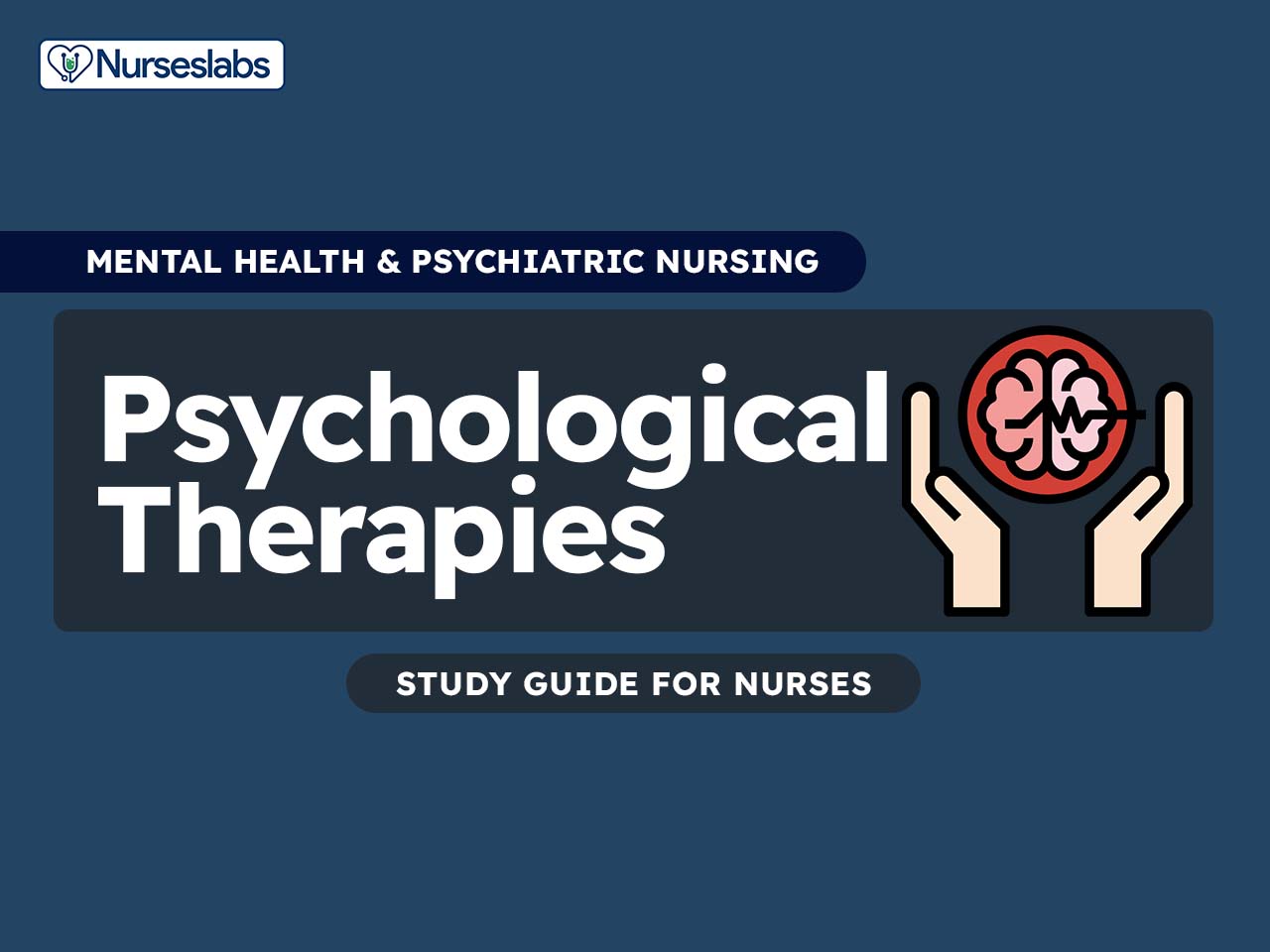
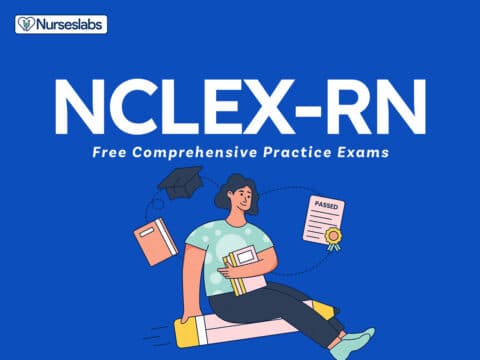
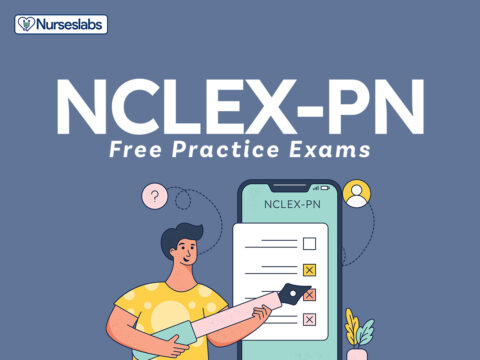
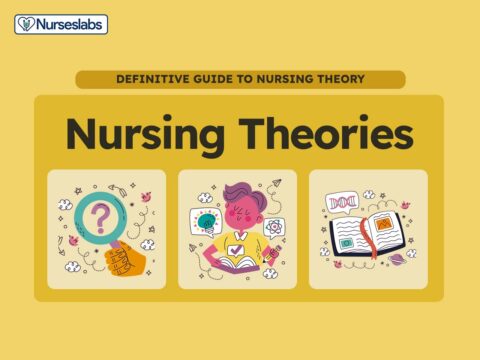

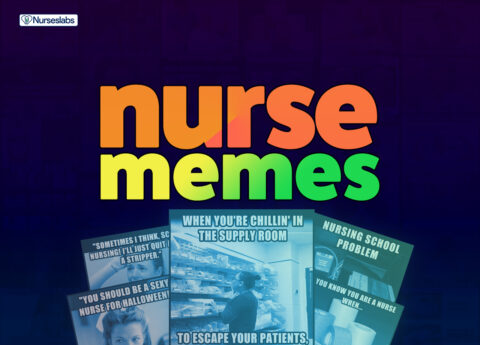
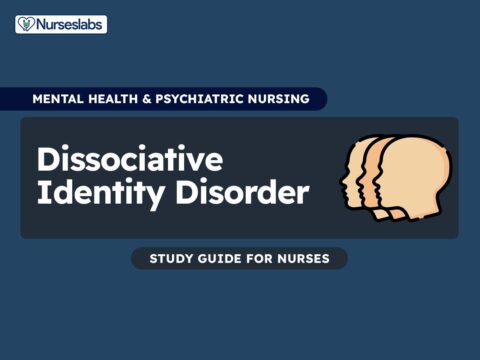
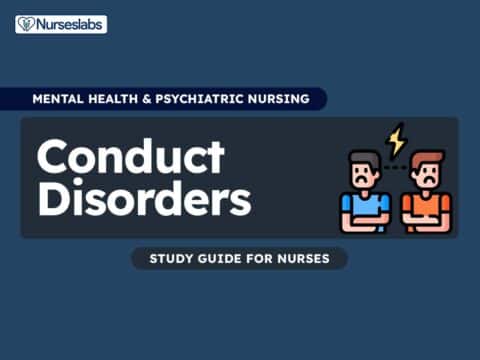

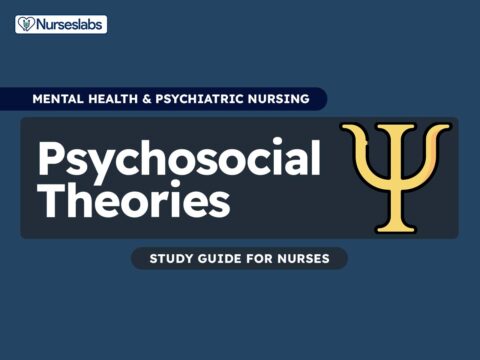


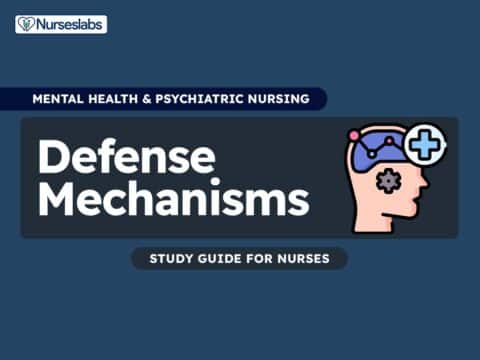
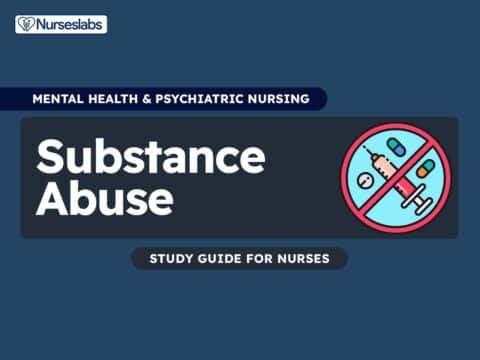
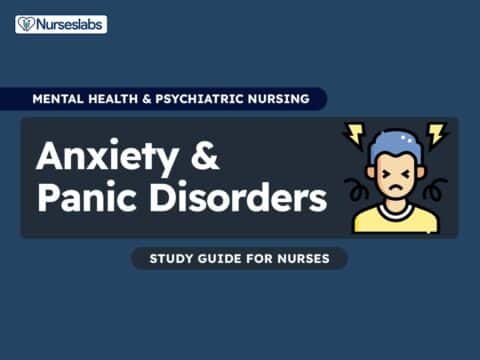
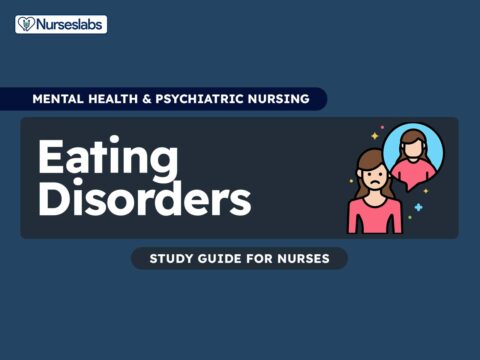

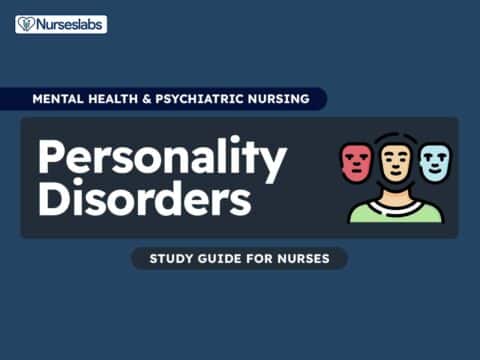

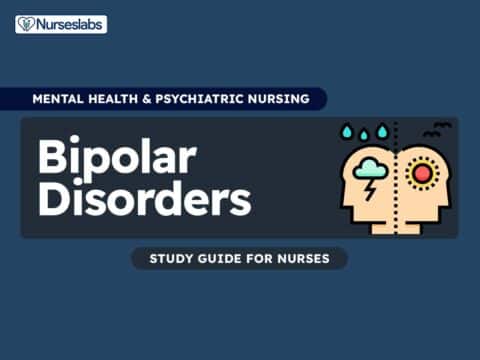
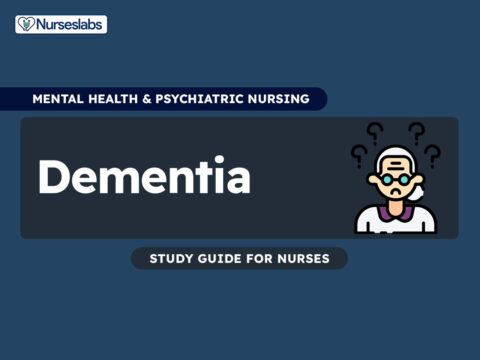



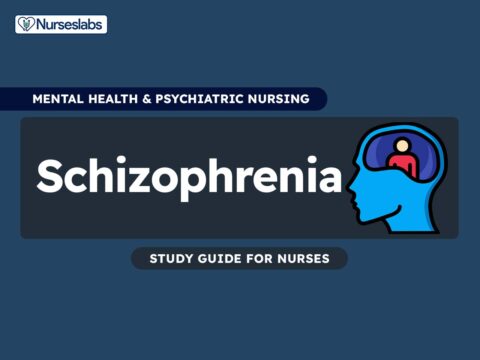

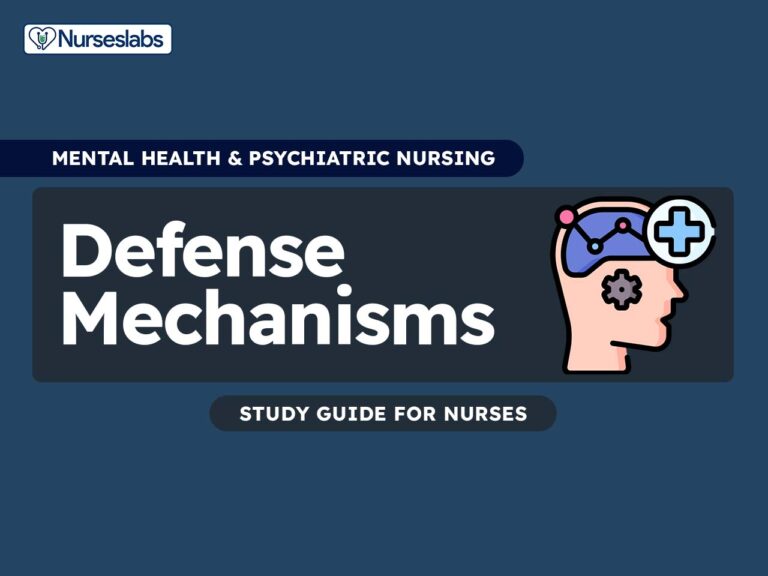

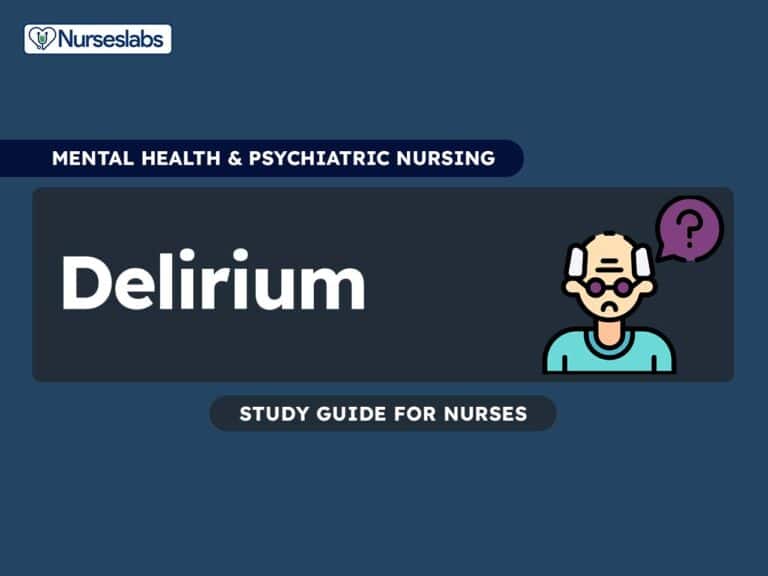


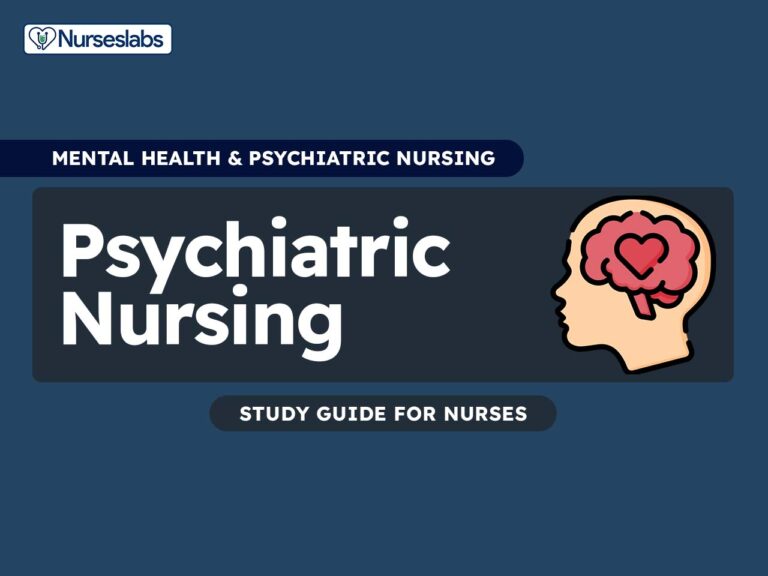
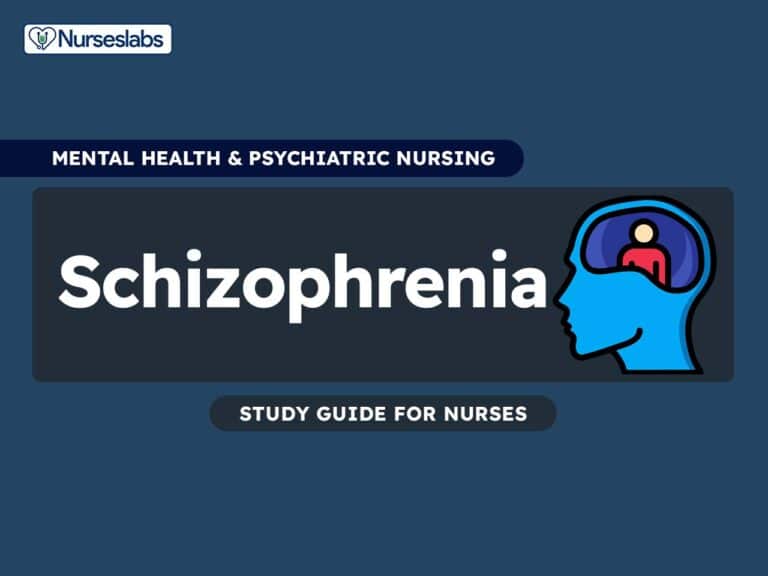
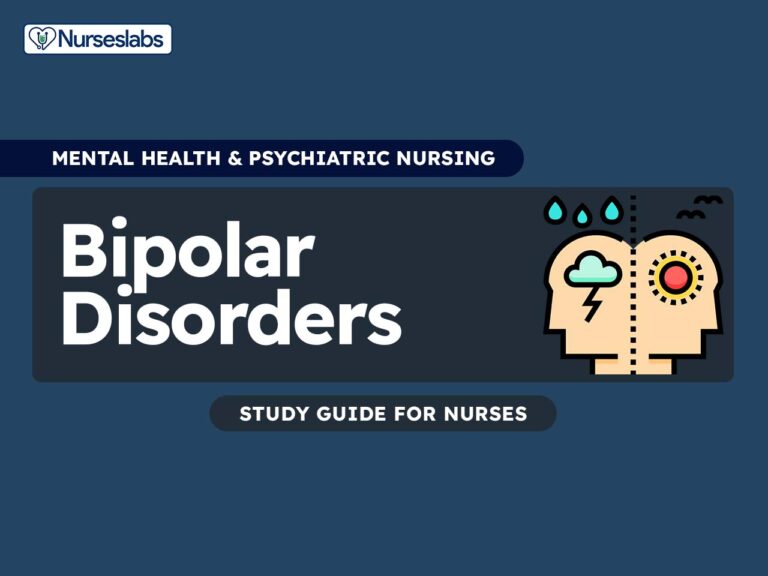

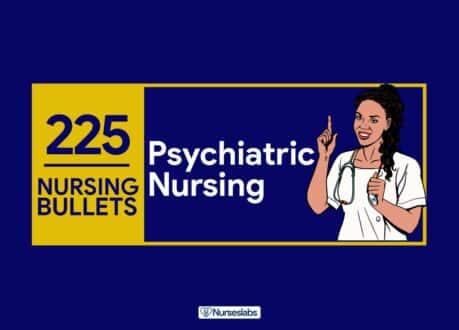
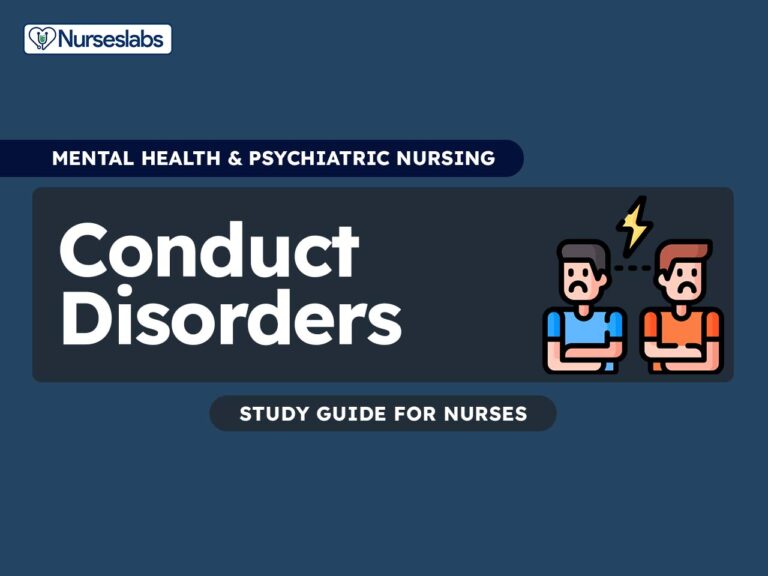
Leave a Comment